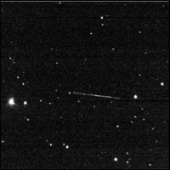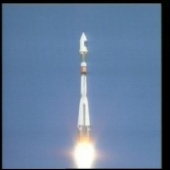ESA Science & Technology - News Archive
News archive
News archive
Published: 9 August 2000
Published: 9 August 2000
Published: 6 August 2000
Published: 3 August 2000
Published: 2 August 2000
Published: 1 August 2000
Published: 1 August 2000
Published: 1 August 2000
Published: 31 July 2000
Published: 29 July 2000
Published: 28 July 2000
Published: 27 July 2000
Published: 26 July 2000
Published: 25 July 2000
Published: 25 July 2000
Published: 25 July 2000
Published: 21 July 2000
Published: 19 July 2000
Published: 18 July 2000
Published: 18 July 2000
—
20 Items per Page



















